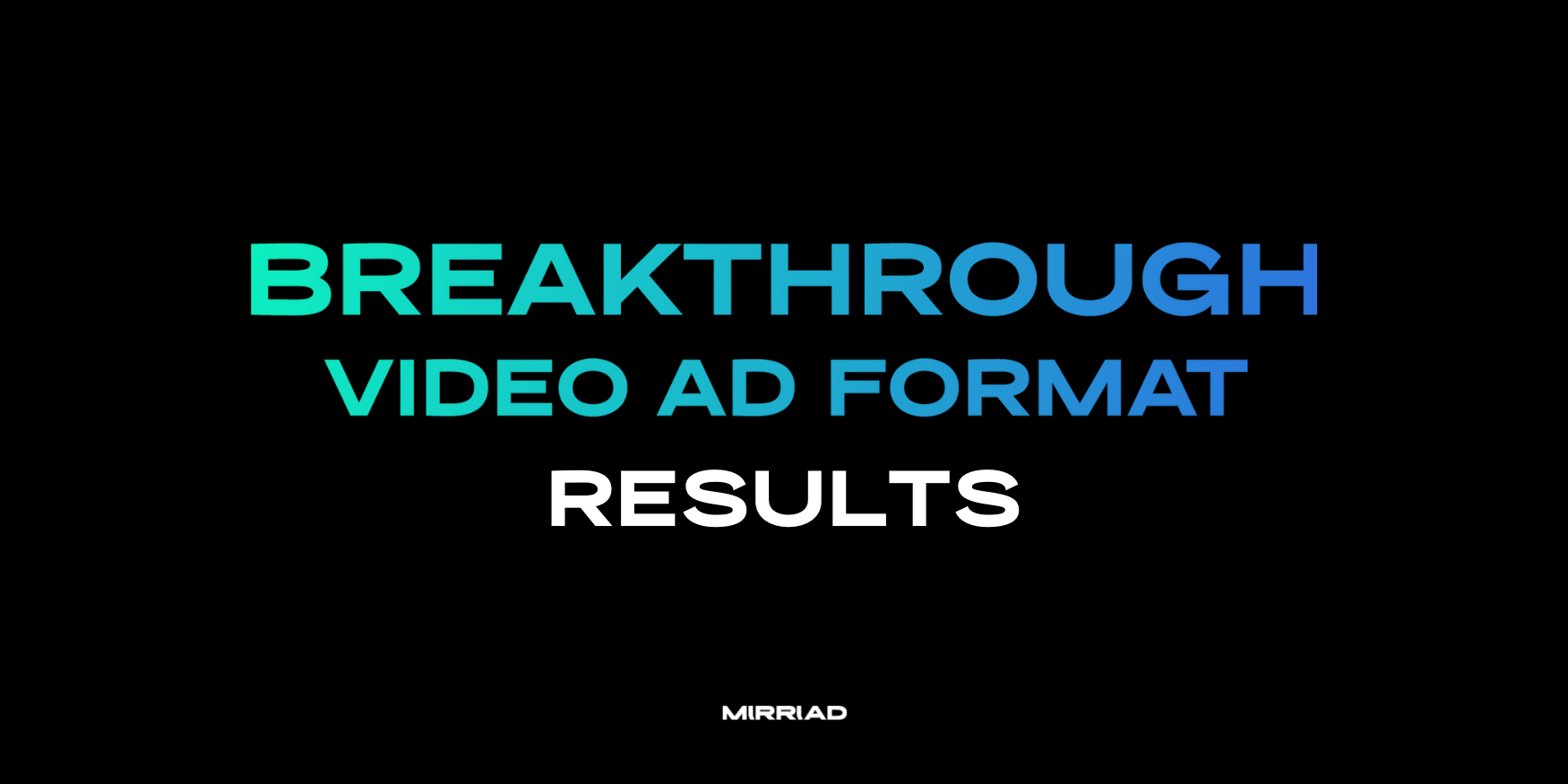In-content advertising helps brands to reignite their advertising campaigns in the face of oversaturation and ad fatigue, but do we know how consumers feel about this strategy, and does it live up to the hype?
Kantar and Mirriad have conducted ground-breaking research to dig deep into whether in-content advertising resonates with audiences. Read about it in the whitepaper PLACING THE FUTURE: A deep dive into the effectiveness of virtual in-content advertising validated through new bespoke research methods.
GETTING TO GRIPS WITH THIS TECHNOLOGY
In-content advertising is the digital integration of advertising into content that consumers are already engaged with. One example would be virtual product placement, where products are digitally inserted into media content instead of requiring the products to be physically present when the content is recorded.
This gives brands increased flexibility when it comes to tailoring their product placement according to audiences, context, and location. In-content advertising takes this to the next level with a range of creative formats for advertising such as signage and video, all of which can be seamlessly integrated into Television, SVOD/AVOD, Music and Influencer content.
DOES IN-CONTENT ADVERTISING HIT THE SPOT?
Brands don’t just want to use a strategy simply because it’s trendy or novel – it has to deliver concrete results. Bearing that in mind, what does the research say about how consumers feel about in-content advertising?
The bottom line is that it works - In-content advertising has been shown to leave a lasting positive impression in the minds of viewers. This, in turn, translates into increased consumer spend.
The Kantar and Mirriad whitepaper consolidated the results from 20 studies and found some compelling results.
When assessing consumer response to in-content advertising, the feedback was extremely positive. Viewers indicated that they were seven times more likely to prefer in-content advertisements to TV spots. 79% of viewers like the format of in-content ads and 77% of viewers found in-content ads to be the most innovative advertising format. Viewers also found the in-content format to be more memorable.
The research also demonstrated an increase across key metrics including brand awareness, ad awareness, favorability, and consideration. This resulted in an increase in sales, with 56% of people consuming a product after exposure to in-content advertising (in comparison with 34% when exposed to a TV spot advertisement). Spend levels also increased when in-content advertisements were compared to TV spots.
It is less intrusive than traditional advertising formats such as TV spots, which can disrupt the viewing experience, especially on streaming platforms where viewers expect to feel immersed in their media of choice, without being interrupted by advertisements. When audiences see the in-content advertisements for a brand while deeply engaged with their favorite content, it feels more natural. This is a powerful way to avoid ad fatigue and prevent advertisements from becoming annoying background noise to consumers.
From a brand that has reaped the benefits of embracing innovation:
“At Lexus, we’re committed to reaching consumers through content that is meaningful and authentic to ensure that we’re meeting our audiences where they are, in a non-disruptive way... With Mirriad’s AI technology, we’re able to create those experiences while simultaneously expanding our brand reach. We’ve seen proven results across all of the in-content campaigns we’ve executed with Mirriad over the last six months and are confident in the continued success.”
- Mia Phillips, Senior Manager of Advertising and Media at Lexus
HOW ELSE CAN IN-CONTENT ADVERTISING ELEVATE YOUR BRAND
The Whitepaper also delved into how in-content advertising can be optimized for the best results. For example, combining in-content advertising with coordinated TV spot campaigns was noted to be a particularly effective strategy, boosting brand awareness by two percentage points, increasing favorability and consideration by five percentage points and growing ad awareness by ten percentage points.
Something else that was uncovered by the research by Kantar and Mirriad: The placement of two complementary brands within the same scene can generate an increase in ad awareness, brand appeal, and purchase intent, when compared to singular placements. This means that there is an opportunity for brands to work together and achieve a synergistic effect.
Learn more by downloading the Kantar and Mirriad whitepaper
IT'S NOT TOO LATE TO ENHANCE YOUR HOLIDAY CAMPAIGNS
The holiday season represents a peak period for brands. In-content advertising revolutionized the advertising industry in 2021, with Mirriad noting a 600% increase in in-content campaigns executed when compared to the previous year – which translated to an 850% increase in combined revenue for media partners.
If you are interested in finding a competitive edge in an oversaturated media landscape this holiday season, start by downloading the Holiday Season Campaign 2021 Case Study to find out how a financial services company used in-content advertising in a Hallmark holiday movie franchise to reach an entirely new consumer segment, increase awareness amongst 35 to 44-year-old consumers, and elevate purchase intent and brand appeal.
Be part of a new era in advertising and place your brand into content from some of the world’s best content partners.
It’s all made possible by Mirriad.
.jpg?width=900&name=Doordash%20Product%20(1).jpg)


.png)